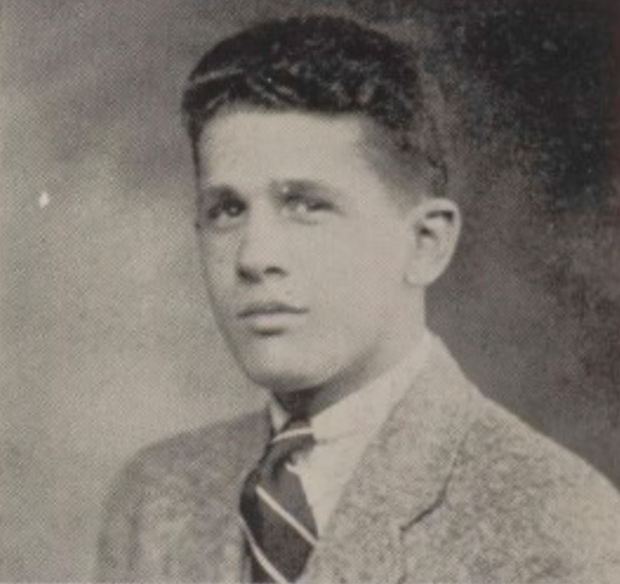The remains of a Massachusetts airman who died as a prisoner of war during World War II have been accounted for, military officials said Wednesday.
U.S. Army Air Forces Pvt. 1st Class Bernard J. Calvi, 23, was a member of the 17th Pursuit Squadron, 24th Pursuit Group when Japanese forces invaded the Philippines in December 2021, the Defense POW/MIA Accounting Agency said in a news release. Intense fighting ensued and continued until the surrender of Bataan peninsula and Corregidor Island in spring 1942.
During that period, thousands of American and Filipino service members were captured and held at prisoner of war camps, the DPAA said. Calvi was among those reported captured when forces in Bataan surrendered. He, and thousands of others, were subjected to the 65-mile Bataan Death March and then held at a prisoner of war camp where 2,500 prisoners died during the course of the war.
Calvi died on July 16, 1942, according to prison and historical records, just months after the surrender of the peninsula. He was buried in a mass grave, known as Common Grave 316.
Defense POW/MIA Accounting Agency
That grave and others at the camp were exhumed by the American Graves Registration Service after World War II ended. The remains from the graves were brought to a temporary U.S. military mausoleum that had been constructed in Manila, the Philippines’ capital city.
In 1947, the service attempted to identify the remains. Eleven sets of remains from Common Grave 316 were identified, and the remaining 17 were declared unidentifiable. Those unidentified remains were buried at the Manila American Cemetery and Memorial as Unknowns. Calvi’s name, along with the names of other soldiers declared dead, was carved onto the Walls of the Missing at the cemetery.
In April 2019, the DPAA began efforts to identify the Unknowns from Common Grave 316. The 17 sets of remains were exhumed and sent to the DPAA laboratory for analysis. Scientists used multiple techniques, including dental and anthropological analysis, mitochondrial and Y-chromosome DNA analysis, and historical evidence. On Sept. 16, they identified the set of remains as Calvi’s.
Before Calvi enlisted in the military, he had been a notable athlete, playing varsity baseball and football at his Massachusetts high school, according to archival news clippings shared by the DPAA. Before he was taken prisoner, Calvi was wounded at least once in action, but returned to active duty after recovering in a hospital in the Philippines. He was survived by his parents, two brothers, several aunts and uncles, and one nephew.
Calvi will be buried in his hometown of North Adams, Massachusetts on Dec. 9, 2024. A rosette will be placed next to his name on the Walls of the Missing to indicate that he has been accounted for.


